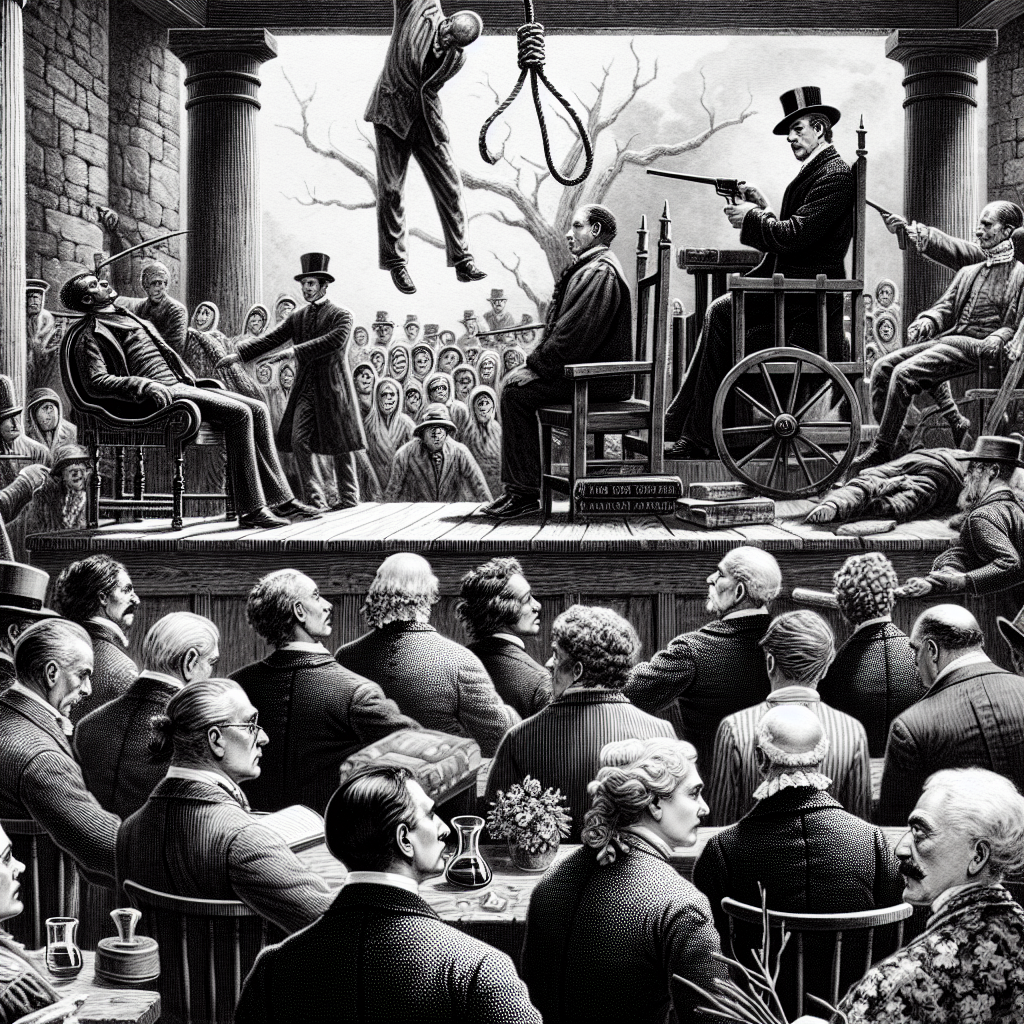Execution Halted for Robert Roberson in Disputed Shaken Baby Case
-
Table of Contents
Execution Halted for Robert Roberson in Disputed Shaken Baby Case

Background of the Case
Robert Roberson was convicted in 2003 for the death of his two-year-old daughter, Nikki Curtis, in what was described as a “shaken baby” incident. The case has been controversial due to evolving scientific understanding and disputed evidence.
Key Developments
- Execution Stay: A Texas court has halted Roberson’s execution, originally scheduled for October 2023, to allow for further examination of the case.
- Scientific Dispute: Advances in medical science have cast doubt on the “shaken baby syndrome” diagnosis, which was central to Roberson’s conviction.
- Legal Advocacy: Roberson’s legal team argues that the original trial was flawed due to outdated medical testimony and lack of consideration for alternative explanations for the child’s injuries.
Implications of the Stay
The decision to halt the execution opens the door for potential re-evaluation of similar cases where “shaken baby syndrome” was a key factor. It also highlights the importance of incorporating current scientific understanding in legal proceedings.
Public and Legal Reactions
- Support for Re-evaluation: Many legal experts and advocacy groups support the stay, emphasizing the need for justice based on accurate and up-to-date information.
- Concerns Over Precedent: Some express concern that this decision could lead to a flood of appeals in similar cases, potentially overwhelming the legal system.
Conclusion
The halt of Robert Roberson’s execution underscores the critical intersection of law and evolving scientific knowledge. It serves as a reminder of the need for the justice system to adapt to new evidence and methodologies, ensuring fair trials and accurate verdicts.

















